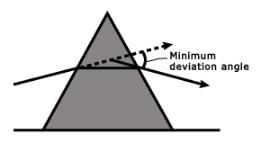HSSC TGT Science Mock Test - 9 - HSSC PGT/TGT MCQ
30 Questions MCQ Test - HSSC TGT Science Mock Test - 9
Match List-I with List-II and select the correct answer using the codes given below:
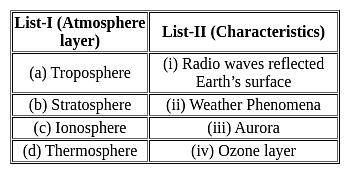

Which of the following mosque in Rohtak which was previously a temple was turned into a mosque during the reign of Aurangzeb?
What is the purpose of a speed limit sign on the road?
What does it mean when you see a yellow traffic light?
Which of the following configurations represents the most electronegative element?
Which of the following conversions involve ATP synthesis during glycolysis?
Radioactive decay of the nucleus leads to the emission of
A proton carrying 1 MeV kinetic energy is moving in a circular path of radius R in the uniform magnetic field. What should be the energy of an alpha particle to describe a circle of the same radius in the same field.
At 298K the standard free energy of formation of H2O(L) is – 237.20kJ/mole while that of its ionisation into H+ ion and hydroxyl ions is 80 kJ/mole, then the emf of the following cell at 298 K will be
H2(g,1 bar) | H+ (1M) || OH– (1M) | O2 (g, 1bar)
At the minimum deviation Dm, the refracted ray inside the prism
A prism of refractive index √2 and refractive angle A produces minimum deviation δm of a ray on one face at an angle of incidence 45°. The values of A and δm are respectively
Consider a curved surface between two different media with refractive indices n1 = 1 and n2 = 2. The relation between radius of curvature, image distance and object distance is given by
A binomial nomenclature consists of _______ and_________
The final molarity of a solution made by mixing 50 mL of 0.5 M HCl, 150 mL of 0.25 M HCl and water to make the volume 250 mL is
For what is the interaction among organisms is necessary?


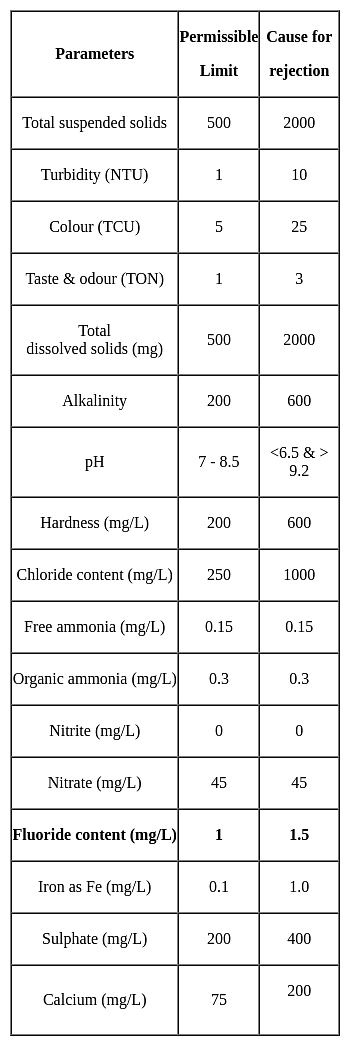
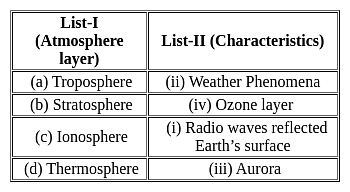


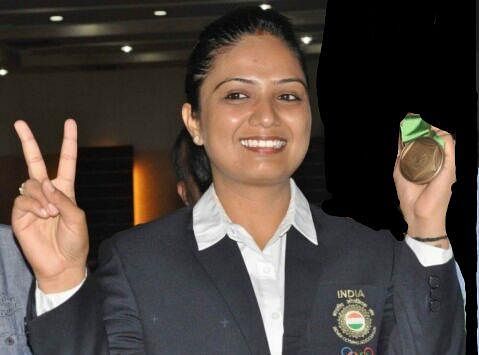
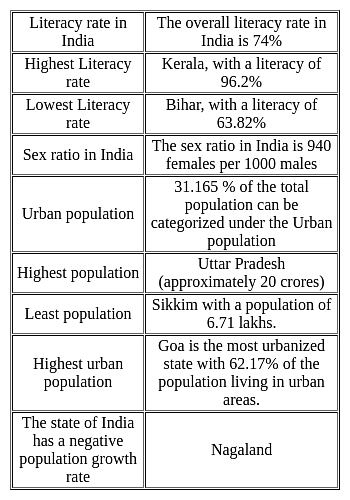





 also we have
also we have Hence for cell reaction
Hence for cell reaction
